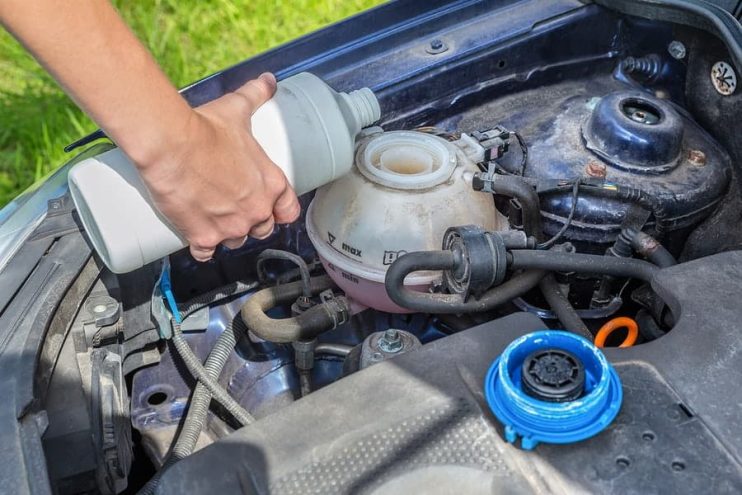 As you might have guessed by the name, coolant or anti-freeze plays a vital role in your car’s engine, especially in cold weather. Not only do you need enough of this fluid to stop your vehicle from seizing up when it’s freezing outside, you also must make sure that this fluid remains in a good condition.
As you might have guessed by the name, coolant or anti-freeze plays a vital role in your car’s engine, especially in cold weather. Not only do you need enough of this fluid to stop your vehicle from seizing up when it’s freezing outside, you also must make sure that this fluid remains in a good condition.
And even in the summer months your coolant doesn’t stop working either. Stopping corrosion in its tracks and helping reduce the chances of scale build-up, anti-freeze is a key component in keeping your engine healthy. Most modern coolant systems are completely sealed, which means if you are losing coolant you could have a much deeper problem within the engine.
As a rule, coolant systems require you to use a mixture of water and antifreeze within the system. So how can you save money by checking that your car has sufficient quantities of this fluid – and that it is in the required condition?
Identify the Coolant Tank
Firstly, you’ll want to pop open the bonnet of your car. Next step is working out which one of your tanks is the coolant. There are a couple of other reservoirs in the vehicle that include the brake fluid and the water tank, and you don’t want accidentally to fill up the incorrect receptacle. Use the internet to check, or your owner’s manual can help. Some cars even use colour coded caps for easy identification, with blue being the most commonly used colour.
Check the Levels of Coolant
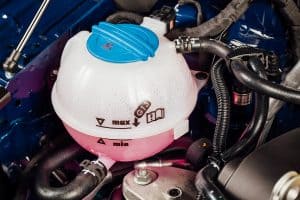
How often to check? We would recommend that you look at the coolant at least once a week to prevent a breakdown and whilst you are having a look at the levels, make sure you also have a scout around for leaks as these could cause the system to drain prematurely and may be the sign of much deeper problems within the vehicle’s engine.
Topping Up Your Coolant
It is vital that you wait until your engine is completely cooled before you even consider opening the coolant tank. Hot coolant can spit out of the tank and if it lands on your naked skin it will cause severe burns. Ensure you use the right type of anti-freeze and don’t mix between types– stick to the same one that you have always used.
You will need to mix the anti-freeze with water before you top up the car. As a rule of thumb this is a 50:50 mixture but check out the instructions in your owner’s manual to be sure that you have the right levels of concentration as it may differ between models and makes. If you run out of anti-freeze never make the mistake of simply adding water as this will lead to severe corrosion and damage to the engine.
Topping up is a simple process. After you have removed the screw cap, use a container and a funnel to prevent spills and slowly pour in the new coolant mixture stopping just short of the maximum line on the reservoir. If the coolant level suddenly drops, then you know you have a problem somewhere in the system and we would advise you to get the vehicle checked out as soon as possible.
Changing Your Anti-Freeze
Find out how often you need to change your anti-freeze in the owner’s manual. Some mechanics argue that as a broad rule this should be every 30,000 miles but it can differ greatly between models. It is possible for someone with a modicum of mechanical knowledge to drain the system in a home garage, but due to the laws associated with the proper disposal of anti-freeze, we would always recommend you seek out the assistance of a proper mechanic with the facilities to get rid of the old coolant.

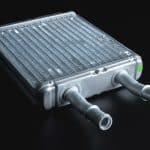
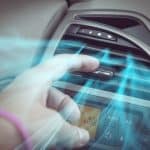
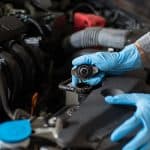
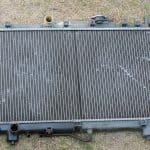

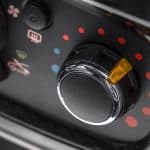
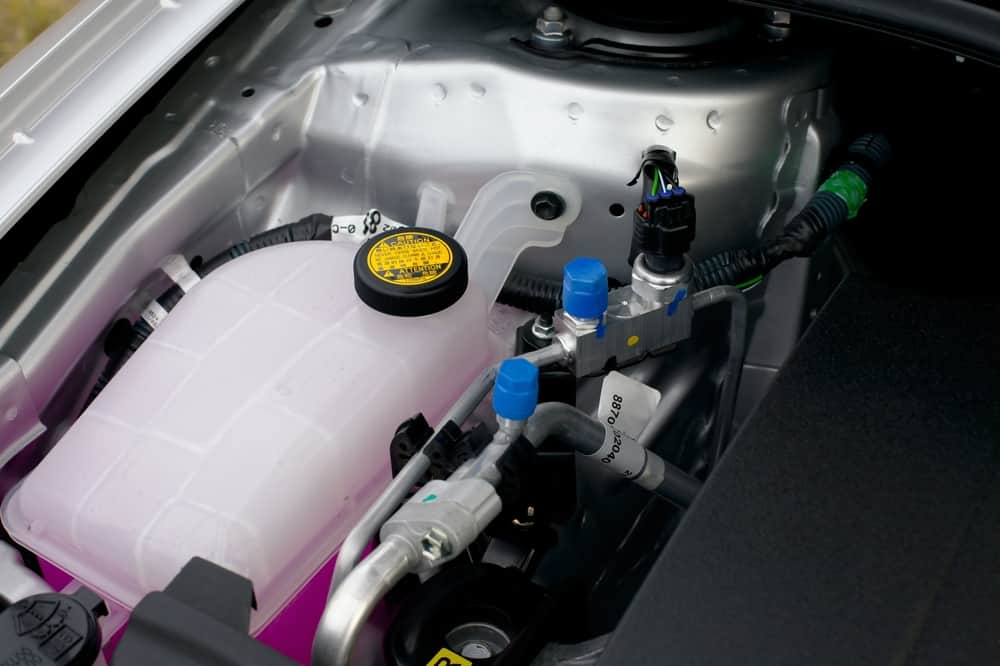
.png)